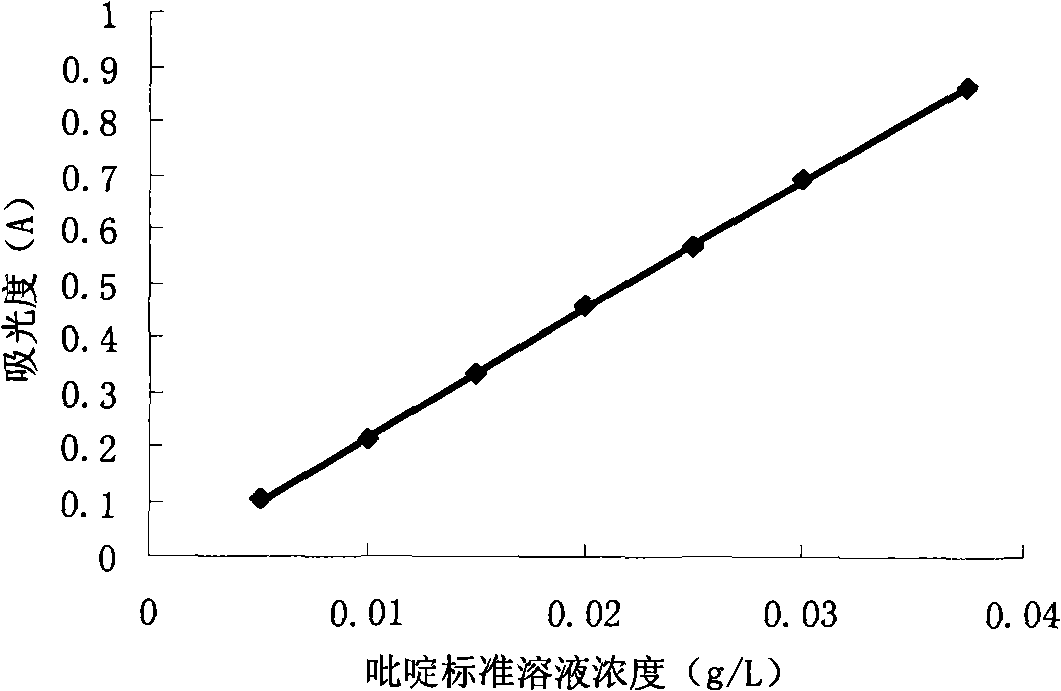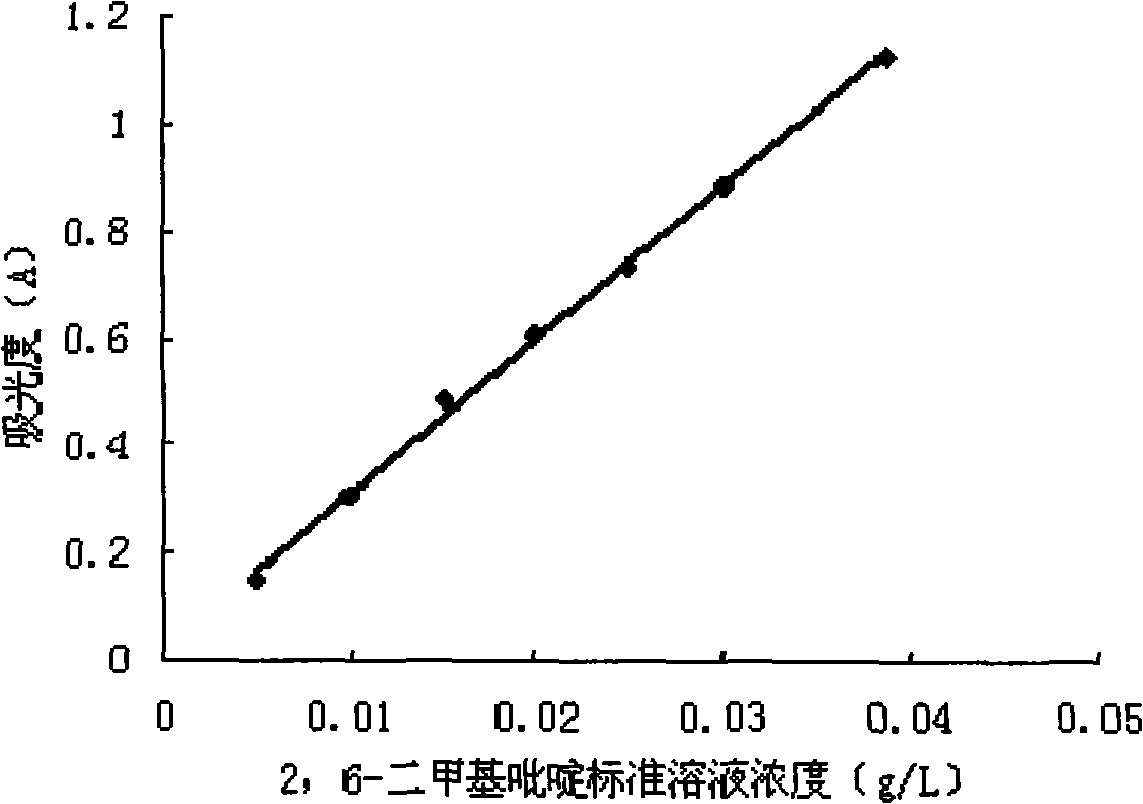Discoloring method for reducing trans-fatty acid content of vegetable oil
A technology of trans fatty acid and vegetable oil, which is applied in the direction of fat oil/fat refining and fat production, etc.
- Summary
- Abstract
- Description
- Claims
- Application Information
AI Technical Summary
Problems solved by technology
Method used
Image
Examples
Embodiment 1
[0037] Add 1.00g activated clay to 100.00g neutralized soybean oil, activated clay Bronsted acid center 22mmol / g, Lewis acid center 3.3mmol / g, 110°C, 50mmHg vacuum (absolute pressure), stirring speed 250r / min, stirring decolorization 40 minutes. After the decolorization is completed, the sample is taken out, immediately cooled to 60°C in cooling water, and filtered to obtain decolorized vegetable oil with low trans fatty acid. Lovibond colorimetrically detects the decolorization effect and trans fatty acid content.
[0038] The red color of the obtained final decolorized oil is 23, and the red value is 3.3; the content of trans fatty acid is 0.17%.
Embodiment 2
[0040] Add 1.00 g activated clay to 100.00 g neutralized soybean oil, activated clay Bronsted acid center 20mmol / g, Lewis acid center 3mmol / g, 110°C, 50mmHg vacuum (absolute pressure), stirring speed 250r / min, stirring decolorization 40 minute. After the decolorization is completed, the sample is taken out, cooled to 60°C in cooling water immediately, and filtered to obtain decolorized vegetable oil with low trans fatty acid. Lovibond colorimetrically detects the decolorization effect and trans fatty acid content.
[0041] The red color of the obtained final decolorized oil is 25, and the red value is 2.6; the content of trans fatty acid is 0.11%.
Embodiment 3
[0043] Add 1.10g activated clay to 110.00g neutralized soybean oil, activated clay Bronsted acid center 20mmol / g, Lewis acid center 3mmol / g, 105°C, 50mmHg vacuum (absolute pressure), stirring speed 240r / min, stirring decolorization 45 minute. After the decolorization is completed, the sample is taken out, immediately cooled to 60°C in cooling water, and filtered to obtain decolorized vegetable oil with low trans fatty acid. Lovibond colorimetrically detects the decolorization effect and trans fatty acid content.
[0044] The red color of the obtained final decolorized oil is 28, and the red value is 2.8; the content of trans fatty acid is 0.10%.
PUM
 Login to View More
Login to View More Abstract
Description
Claims
Application Information
 Login to View More
Login to View More - R&D
- Intellectual Property
- Life Sciences
- Materials
- Tech Scout
- Unparalleled Data Quality
- Higher Quality Content
- 60% Fewer Hallucinations
Browse by: Latest US Patents, China's latest patents, Technical Efficacy Thesaurus, Application Domain, Technology Topic, Popular Technical Reports.
© 2025 PatSnap. All rights reserved.Legal|Privacy policy|Modern Slavery Act Transparency Statement|Sitemap|About US| Contact US: help@patsnap.com


